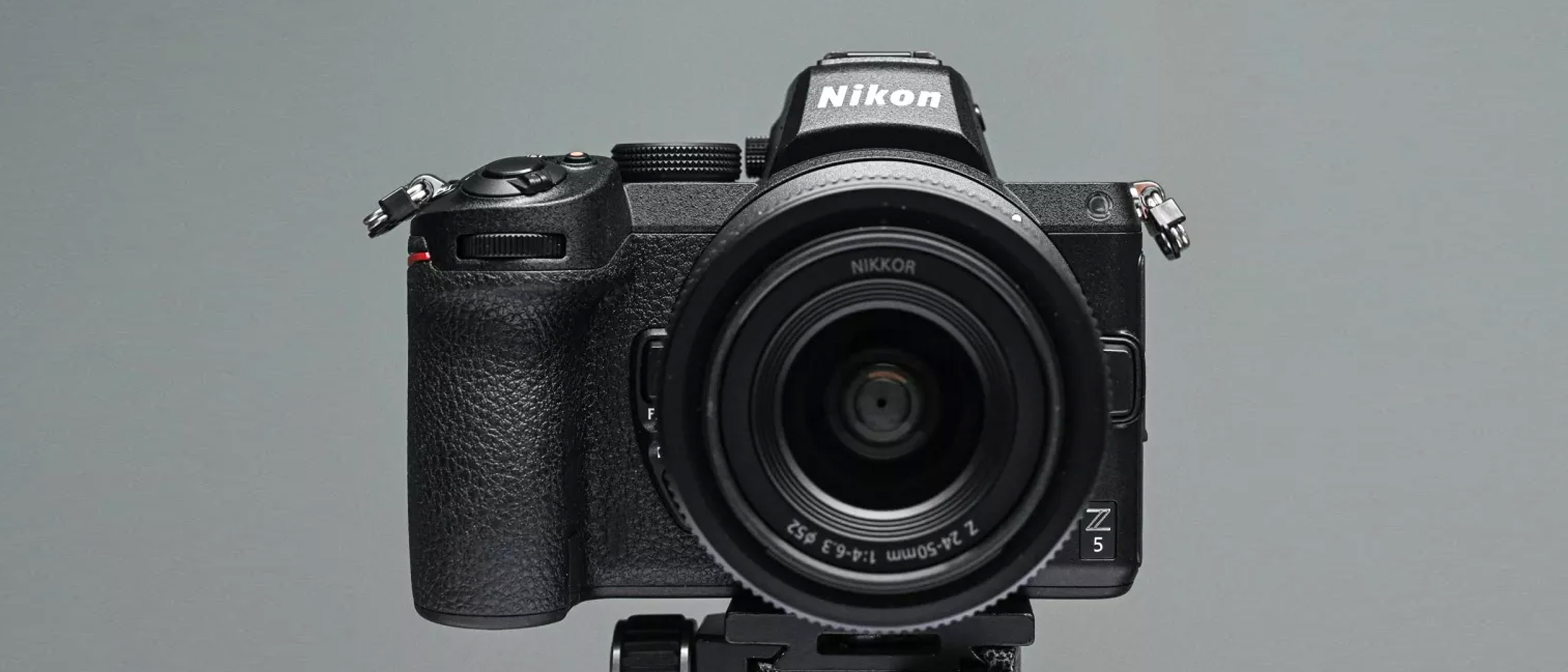Space Verdict
Powerful in-body image stabilization steadies the Nikon Z5 during day and night shooting, but those hoping to shoot astro majoritively should look elsewhere
Pros
- +
Great weather sealing all-round
- +
Performs adequately across many areas
Cons
- -
Poor EVF and rear screen performance in low light
- -
Sensor is noisy, especially when shooting astro
Why you can trust Space.com
The Nikon Z5 is a compact, entry-level mirrorless camera that’s designed to be lightweight and easy on the wallet. The cheapest mirrorless that Nikon currently make, the Z5 aims to be a jack-of-all-trades armed with 24.3 megapixel stills capture and 4K UHD 30 frames per second video recording and is fitted with a Z-mount for the latest Z lenses.
Not only are stills and videos well detailed with appropriately well-endowed resolution but the electronic viewfinder, 0.5-in in size, comes equipped with 3.69k-dot resolution. Small in the hand it has an overall size of 5.3 x 4.0 x 2.8-inches and weighs just 1lb 4.9oz, Nikon’s smallest mirrorless camera. Entry-level though it is, it features two SD card slots that are both UHS-II compatible.
The Z5 has weather sealing throughout to keep out moisture and dust, which is a welcome addition considering many DSLR entry-level cameras do not have any such sealing. This better protection from the elements and ability to charge the camera via a USB power bank means it should be able to keep up with the user, wherever they are.
It’s easy to use, too, with a helpful rear touchscreen that tilts out to aid Live View composition when shooting at tricky angles. Five stops of five-axis in-body image stabilization means photographers shooting stills can snap in lower light conditions, or at narrower apertures, without fear of camera shake blur. This hefty IBIS also smoothes out handheld video recording without the need for a camera rig in some circumstances. That notwithstanding it has an ISO range of 100 - 51200 which expands to 50 - 102,400 for low light shooting.
If you're looking for the best cameras for astrophotography then why not check out our guide? And be sure to read through our guide to the best lenses for astrophotography, too.
Nikon Z5 review: Design
- Minimalist button layout on device good for some
- Lots of hidden connectivity under flaps
- Tilting touchscreen feels premium
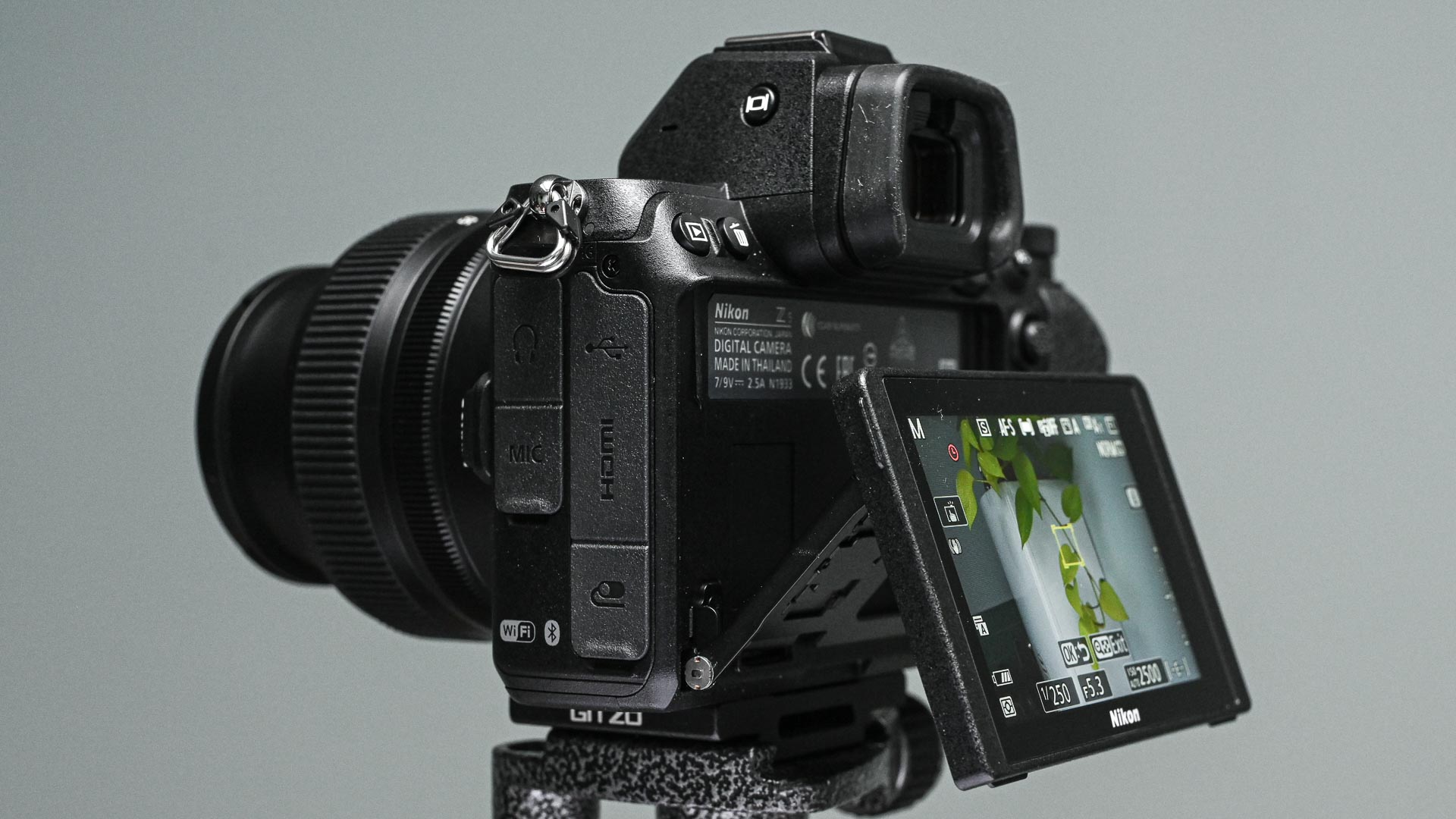
You'd be forgiven for thinking the Z 5 is actually a mid-level mirrorless camera because at first glance it does look stylish and sleek. An almost retro styling echoes a more simplistic, analog outfit with buttons and dials appropriately placed on the body. There's plenty of negative space, especially on the top of the camera, which might be more inviting to photography newcomers and beginners.
Endless connectivity is hidden in the side of the camera body, too. A lift of the flaps reveals myriad connections for headphones, a microphone, USB, HDMI, and remote release ports. The tilting touchscreen on the rear feels high-end, paralleling the more expensive Z 6 II and Z 7 II models.
While the minimalist design may be good for beginners, as the camera's price point is intended, it feels a little empty. For intermediate users and those advancing in photographic practice, it might not be ideal, from a design perspective, as hidden submenus must be accessed via the rear screen, which makes shooting a little slower in changing conditions.
Nikon Z5 review: Functionality
- Electronic viewfinder/Live View is problematic at night
- Poor ISO handling despite full frame sensor
- Fn buttons on front of camera good for customizing settings
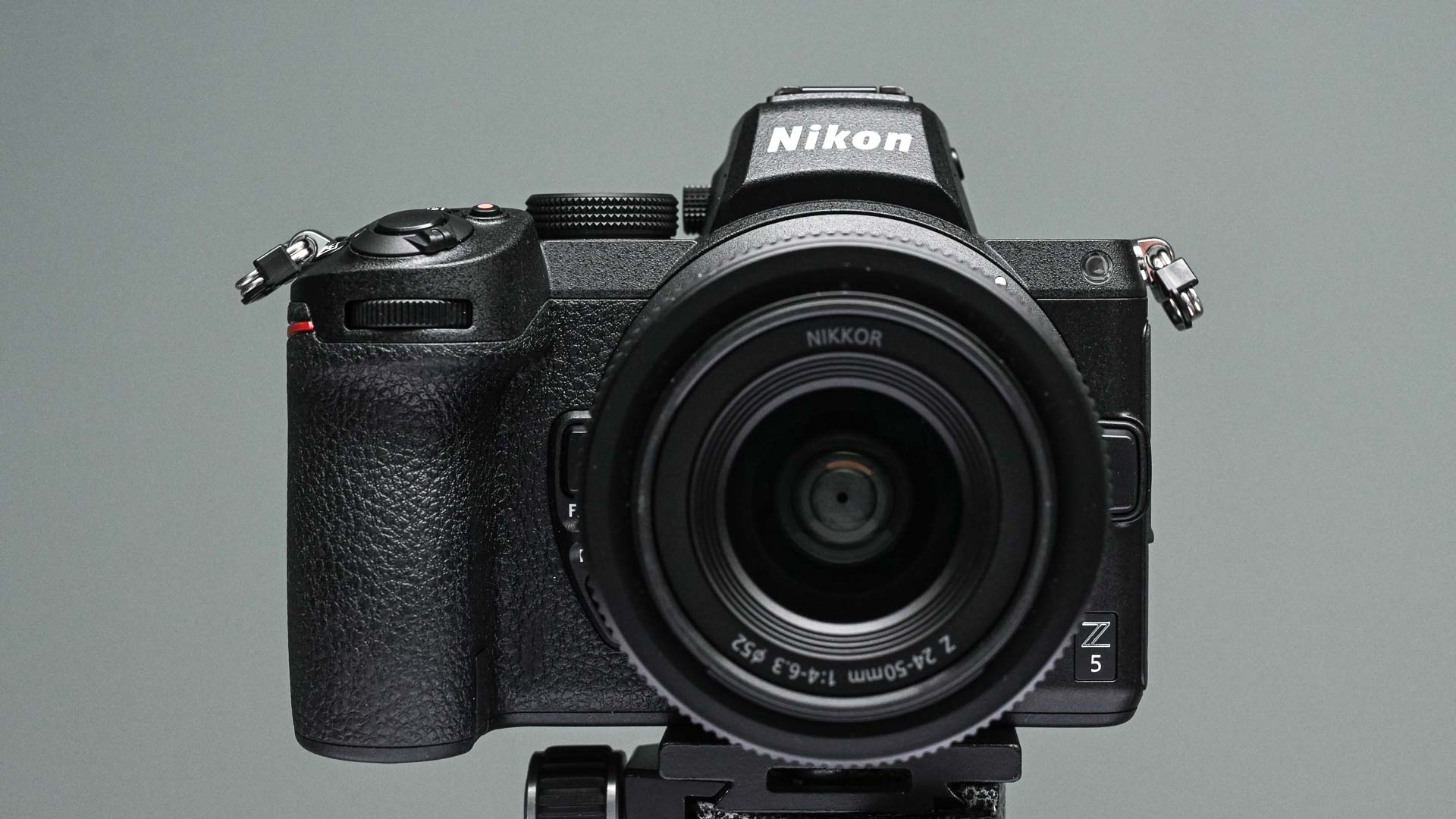
While the Z 5 is relatively clutter-free when it comes to buttons the one thing it does well is position controls in the places you'd need them. The rear of the camera is extremely pragmatic, studded with switches and buttons to control camera functions. Two Fn buttons at the front of the body, resting just beside the lens mount, are perfectly situated for a quick flick from the fingers where they naturally rest when gripping the camera. In fact, the grip itself is satisfying, especially the rear of the camera where the curved, chunky SD card slot cover doubles as both grip and flap.
Unfortunately, in terms of a camera for astrophotography, the Z 5 leaves a bit to be desired. Having an electronic viewfinder is a modern-day benefit thanks to mirrorless cameras as they often make it easier to compose in pitch black conditions - affording more detail than a traditional optical viewfinder. However, the EVF on the Z 5, and indeed the rear screen, for some reason are just too incredibly dark to be of any use. Even during a bright moon, it's tricky to see the scene in front when conditions are devoid of light pollution, and we found ourselves on more than one occasion wishing we just had an optical viewfinder to use once our night sight had adjusted.
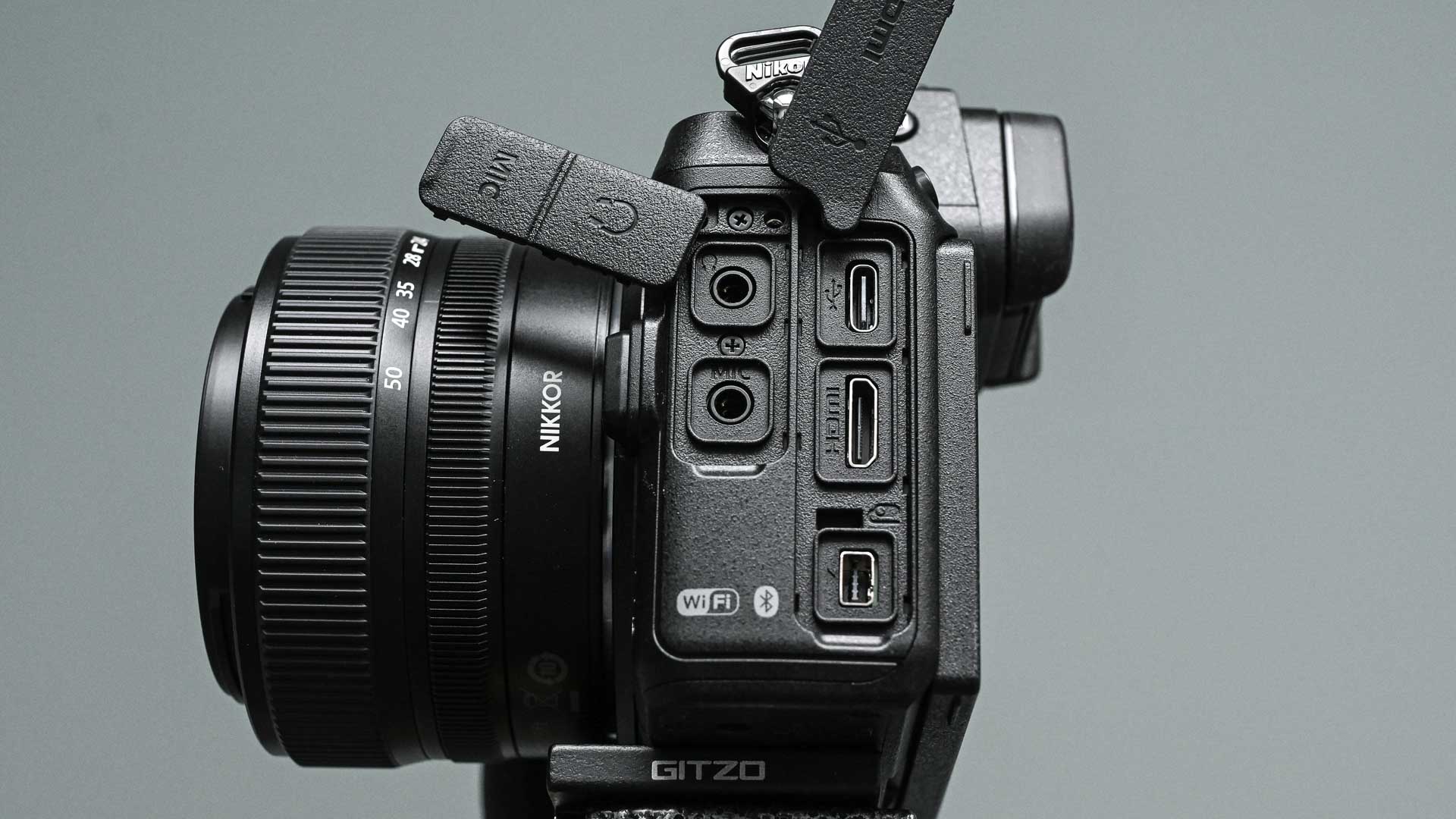
Credit where it's due, Nikon has produced an affordable full-frame mirrorless camera at a great price, but its performance is notably lacking. While our thoughts on this should be taken with a pinch of salt, given its entry-level platform, its high ISO handling is difficult to swallow when it comes to shooting astrophotography. Anything above ISO2000 introduces a lot of image noise, so much so that even noise removal in Lightroom afterward leaves astro shots looking glassy, even swallowing stars at points to counteract the noise. Compared to comparatively priced DSLRs by Nikon, it falls short when it comes to astro, but we note this is a specialist area that the general user may not run into that often.
Nikon Z5 review: Performance
- Good stills and video capture on a budget
- Acceptable for low light shooting through to twilight
- Difficult to use at night for astro
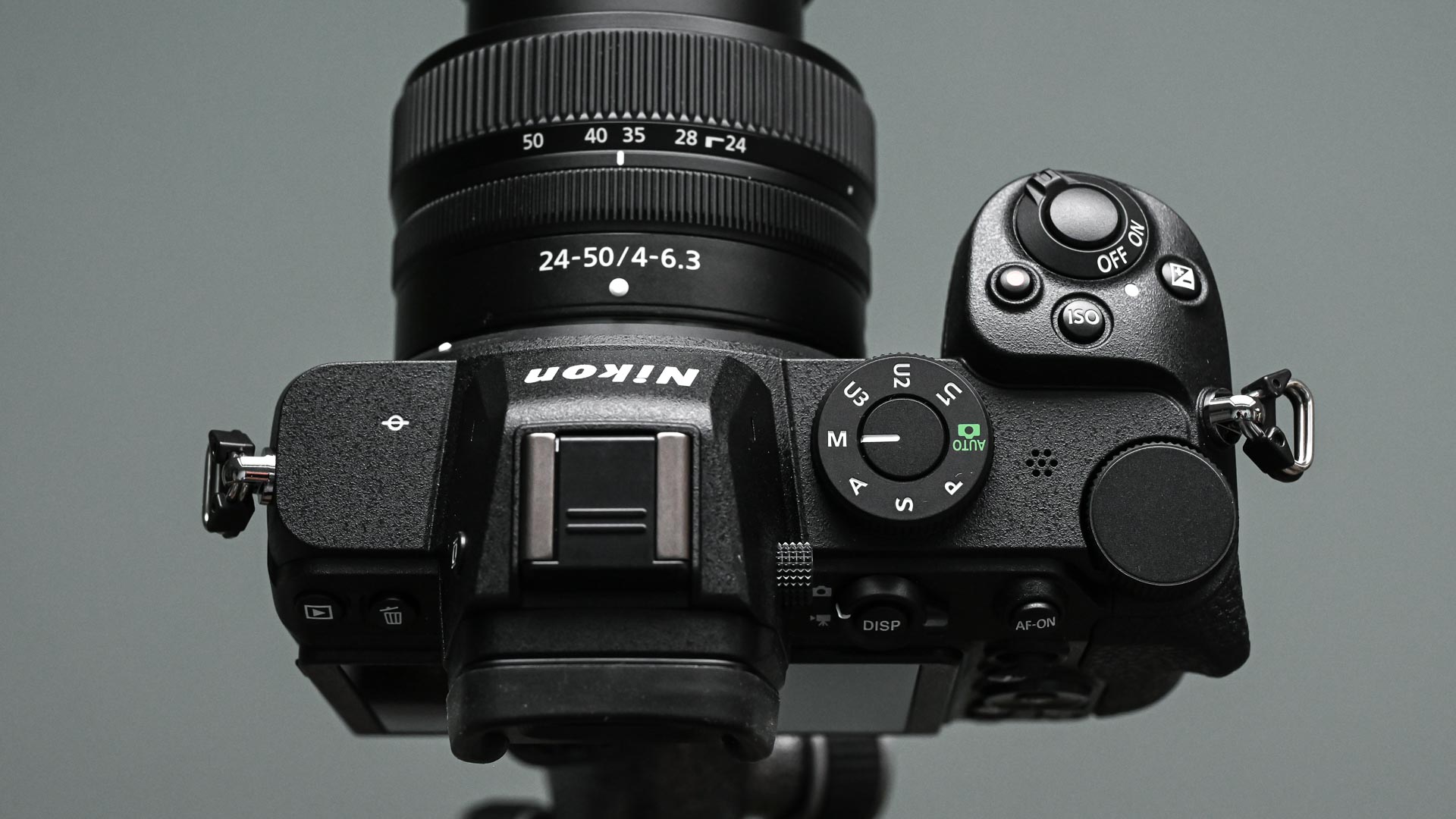
Kit lens: NIKKOR Z 24-50mm f/4-6.3
Best wide lens: NIKKOR Z 24-70mm f/4 S
Best zoom lens: NIKKOR Z 24-200mm f/4-6.3 VR
Spare battery type: EN-EL15c
Memory card: SD, SDHC, SDXC (UHS-II compliant)
Overall, the Z5's performance under everyday conditions is excellent for a mirrorless of this price. Sharp images when paired with a suitable Z-mount lens, its 24.3MP stills are more than adequate for general shooting. A key benefit of the Z 5 is its wireless connectivity, using both Wi-Fi and Bluetooth, as well as shooting to a dual card slot. Anyone who needs something fast to keep up with action, sports, or wildlife may need to consider a different model, however, since the Z 5's continuous burst speed shoots just 4.5FPS. But a 4K UHD 30p video option does open up its uses in terms of creating online content, either as a hobby or for small business use.
Metering down to -3EV the Z 5 isn't the best at autofocusing in low light, but it does have an exposure preview mode that ramps up apparent exposure of the scene through the EVF and rear screen to make composition and manual focusing easier. Manual focusing for astro is the preferred method of many professional shooters, and while that shouldn't be an issue on the Z 5 it feels like there should be one more 'notch' on the zoom function when looking at the scene from the rear screen. That extra zoom would make it easier to see bright stars or distant street lights, making it easier to manually focus.
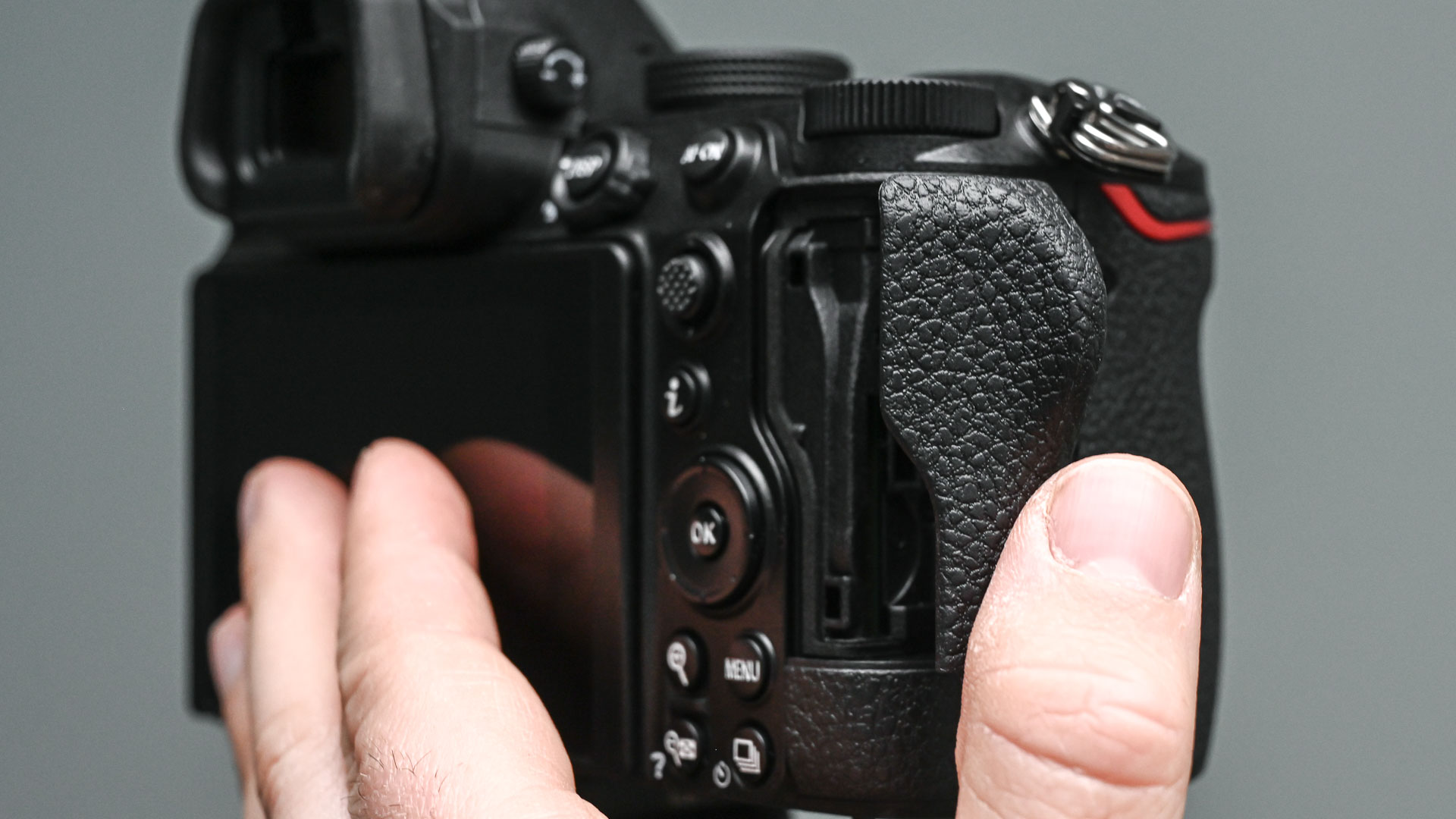
Should you buy the Nikon Z5?
If you're just getting started in photography or want to make the leap to either a full-frame or mirrorless system without spending too much then the Nikon Z5 is a fantastic option. Capable across both stills and video it's ideal for general, everyday use and has a good range of kit lenses available in various bundles to make the most of your new camera.
For those wanting to experiment with action, wildlife, sports, or even considering a new camera to take astrophotography, you may get a little frustrated with its lack of shooting speed and bad ISO handling.
If this product isn't for you
Wildlife, sports, and action enthusiasts may want to consider the Nikon Z50. Although it has a crop sensor, instead of the Z 5's full-frame sensor, this can be seen as more of a benefit than a drawback as it helps increase the perceived zoom range up to 1.5X. Essentially, this means any lens used will have a multiplier of 1.5X applied to its focal length giving better reach for far-away subjects. It also includes an uprated shooting burst speed of 11FPS, more than double the Z5's 4.5FPS.
Intermediate users and those verging on semi-pro photography should consider either the Nikon Z6 or Nikon Z6 II, both of which are ideal full-frame format mirrorless cameras without the higher price tag of the Nikon Z7/ Nikon Z7 II or Nikon Z9. While the Z6 is the elder of the two models it's still in production and packs a punch in terms of features and compatibility.
For the ultimate in professional mirrorless shooting though, the Nikon Z9 blows much of the competition out of the water. A huge 45.7MP stills resolution and 493 autofocus points, mixed with 20FPS continuous burst speeds make it a powerhouse for any kind of professional photography, but it is the most expensive mirrorless Nikon produces, at the time of writing.
Join our Space Forums to keep talking space on the latest missions, night sky and more! And if you have a news tip, correction or comment, let us know at: community@space.com.

Jase Parnell-Brookes is the Managing Editor for e-commerce for Space and Live Science. Previously the Channel Editor for Cameras and Skywatching at Space, Jase has been an editor and contributing expert across a wide range of publications since 2010. Based in the UK, they are also an award-winning photographer and educator winning the Gold Prize award in the Nikon Photo Contest 2018/19 and named Digital Photographer of the Year in 2014. After completing their Masters degree in 2011 and qualifying as a teacher in 2012, Jase has spent the last two decades studying and working in photography and publishing in multiple areas, and specializes in low light optics and camera systems.
